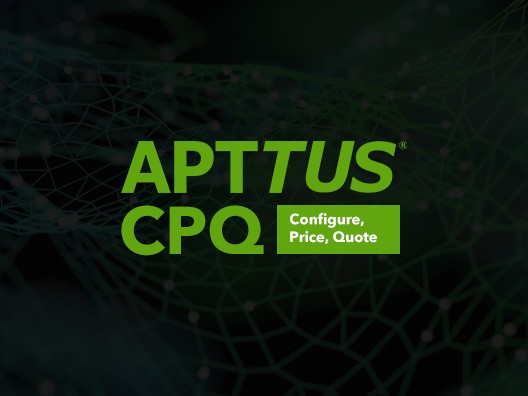Description
Introduction
Effective leadership isn’t one-size-fits-all. Situational Leadership empowers leaders to assess team needs and flex their style to meet people where they are. Situational Leadership: Adapting Your Style for Success provides a practical framework for leaders to diagnose developmental levels, adapt communication and coaching strategies, and drive performance through tailored leadership. This course builds agility, awareness, and versatility—core traits for any successful leader.
Prerequisites
-
Basic understanding of leadership or supervisory experience
-
Familiarity with team dynamics and individual development
-
Willingness to assess and adapt personal leadership style
-
Interest in improving coaching, communication, and delegation skills
Table of Contents
1. Overview of Situational Leadership
1.1 Origins and Evolution of Situational Leadership
1.2 The Hersey-Blanchard Model Explained
1.3 Key Concepts: Leadership Style vs. Development Level
1.4 Why Situational Leadership Still Matters Today
2. The Four Leadership Styles
2.1 Directing (High Directive, Low Supportive)
2.2 Coaching (High Directive, High Supportive)
2.3 Supporting (Low Directive, High Supportive)
2.4 Delegating (Low Directive, Low Supportive)
2.5 Matching the Right Style to the Right Situation
3. Assessing Follower Readiness and Development
3.1 Understanding Development Levels (D1 to D4)
3.2 Diagnosing Individual Readiness Accurately
3.3 Identifying Skill vs. Will Gaps
3.4 Using Feedback to Track Growth
4. Applying the Right Leadership Style
4.1 Leadership Style Flexibility and Responsiveness
4.2 Adapting to Team Diversity and Preferences
4.3 Leading Individuals vs. Leading Teams
4.4 Style Adaptation in Hybrid and Remote Environments
5. Communication in Situational Leadership
5.1 Adapting Communication Tone and Content
5.2 Active Listening and Inquiry Techniques
5.3 Giving Feedback Based on Readiness
5.4 Aligning Message with Leadership Style
6. Coaching and Development Planning
6.1 Tailoring Coaching to Development Stage
6.2 Empowering Employees to Self-Identify Needs
6.3 Goal Setting with SMART Techniques
6.4 Building Individual Growth Roadmaps
7. Conflict Resolution and Motivation
7.1 Recognizing Conflict Triggers by Development Level
7.2 Resolving Misalignment Between Style and Needs
7.3 Motivation Strategies Across Styles
7.4 Handling Regression and Resistance
8. Leading Change with Situational Agility
8.1 Applying the Model in Times of Transition
8.2 Helping Teams Progress Through Change Stages
8.3 Flexing Leadership Style During Uncertainty
8.4 Guiding High-Stakes Conversations
9. Situational Leadership in Practice
9.1 Real-World Case Scenarios and Role Plays
9.2 Group Exercises on Style Identification
9.3 Peer Coaching and Leadership Labs
9.4 Measuring Impact of Style Adaptation
10. Building Your Situational Leadership Plan
10.1 Self-Assessment and Leadership Style Audit
10.2 Identifying Key Relationships to Apply Styles
10.3 Personal Development Goals
10.4 Strategies for Long-Term Style Agility
Situational Leadership empowers you to meet people where they are—and lead them where they need to go. By flexing your approach based on development levels, you create stronger connections, improve performance, and lead with greater impact. This course equips you to lead with insight, adaptability, and success in any situation.







Reviews
There are no reviews yet.